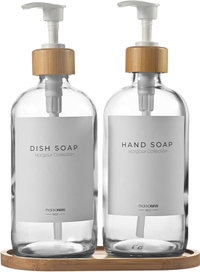Mistakes to avoid when cleaning kitchenware – chefs share 7 things damaging your kitchenware
Keep cooking simple by avoiding these seven kitchenware cleaning mistakes
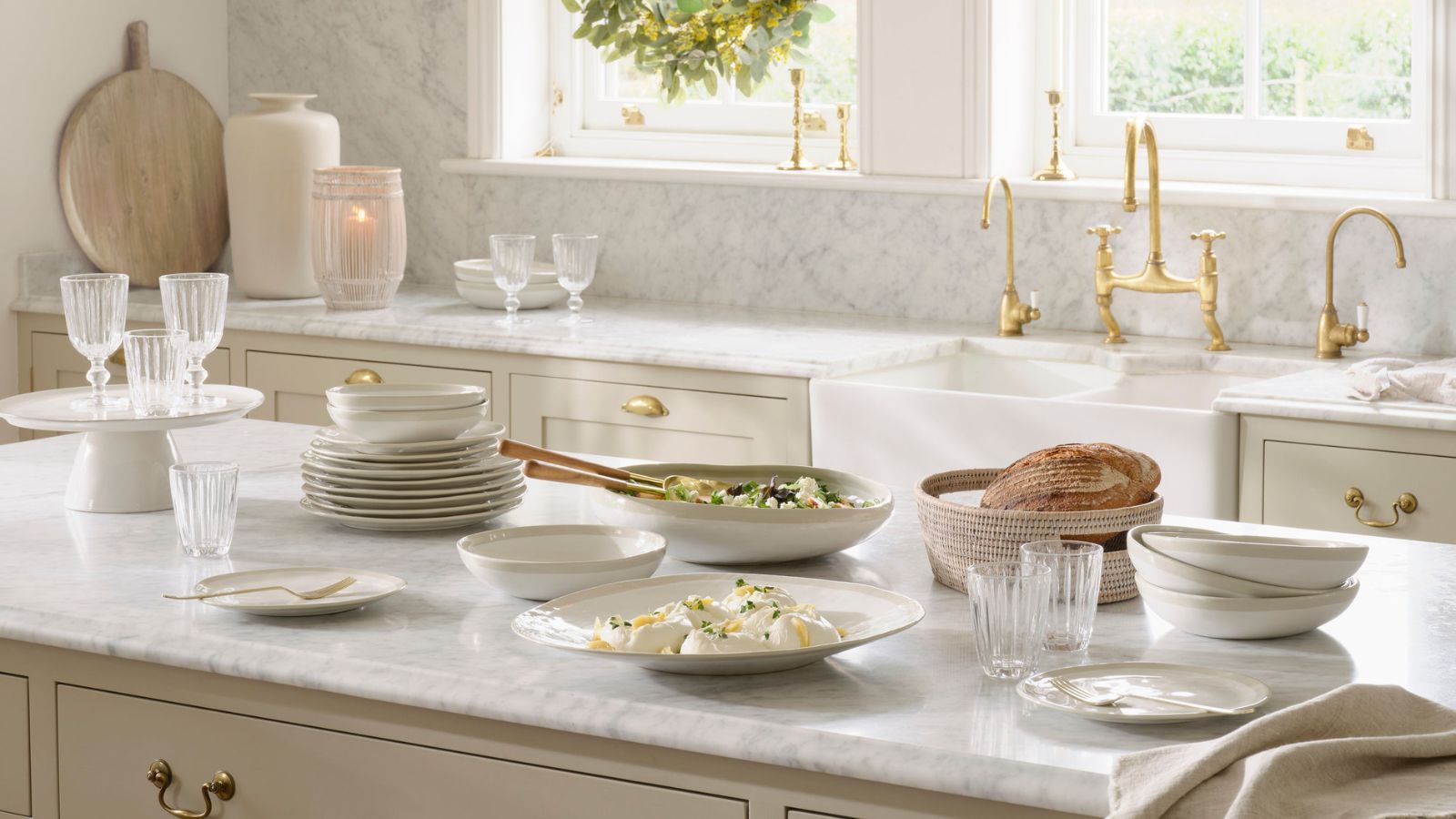

Washing up after cooking a long meal may seem like the simplest (albeit most boring) part of the process, but going into auto-pilot can lead to some common cleaning mistakes that damage our kitchenware.
While breaking bad cleaning habits isn’t easy, it is essential if you want to maintain the quality of your kitchenware and avoid having to replace it prematurely.
Below, professional chefs and cleaning experts reveal the seven mistakes to avoid when cleaning kitchenware and why they are so damaging.
Mistakes to avoid when cleaning kitchenware
While most cleaning mistakes only make things dirtier, these seven cleaning no-no's can outright damage your kitchenware, leading to you having to replace them much sooner than you should have to. From causing non-stick pans to leach into your food to cutting boards warping and cracking, here is what to avoid and what to do instead.
1. Cleaning a pan when it is still hot
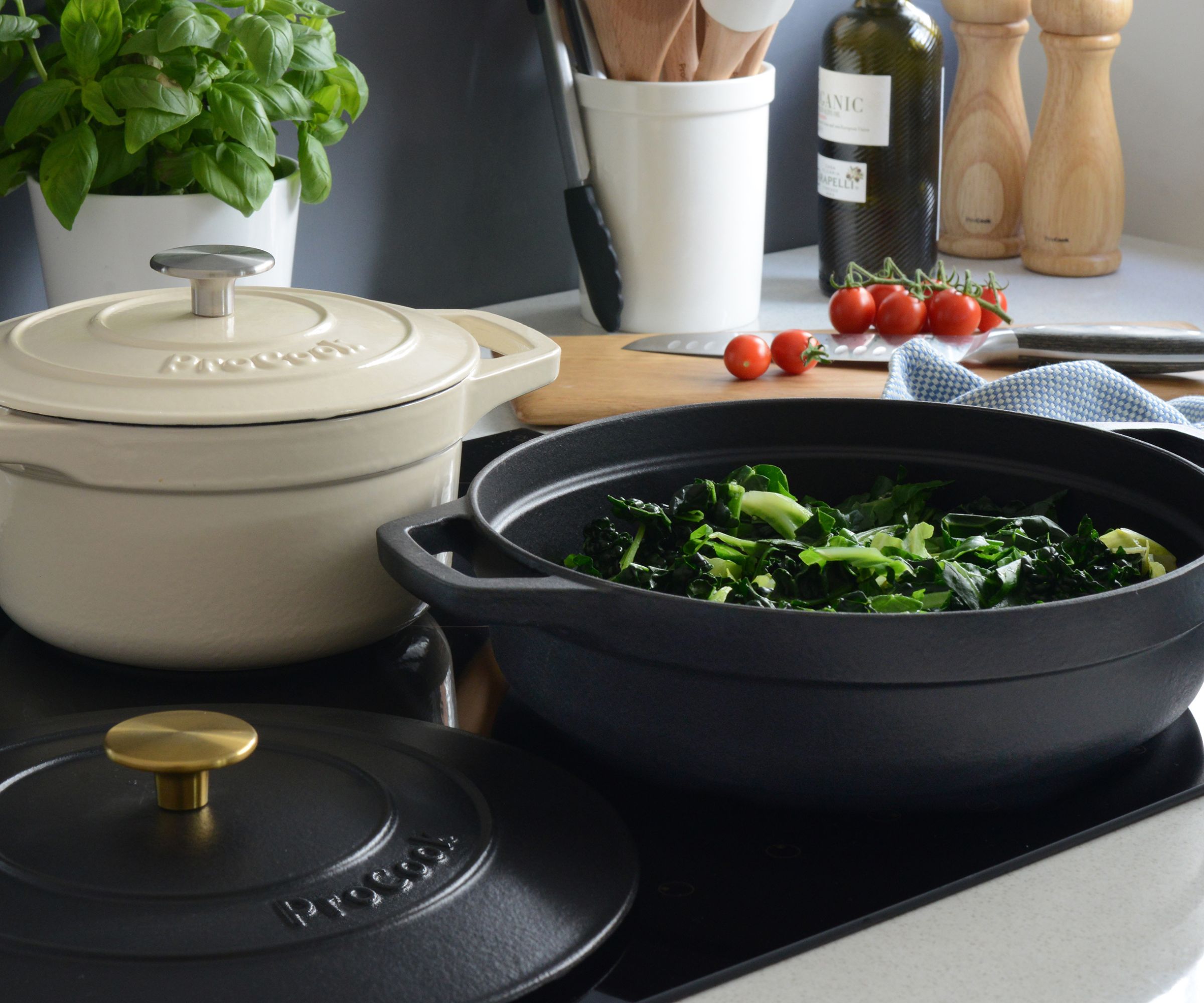
'Whether cleaning a burnt pot or cleaning a baking sheet, adding soap and water while it is still hot or warm to the touch is the best way to ruin the pan, breaking down the protective patina and causing food to stick and burn more easily,' explains Julie Pollitt, chef, recipe developer, and owner of Back To My Southern Roots.
‘When cleaning a pan, wait for it to cool first. Adding cold water to a hot pan can make cast iron or stainless steel warp or crack with rapid temperature changes,’ she explains.
So, while it may be tempting to put a pan in to soak while you eat, let it sit until after you are done with your meal, and wash everything up together afterward.
2. Using abrasive pads to clean non-stick

'Nonstick pans, by nature, are very easy to clean so long as they are looked after correctly and you avoid burning anything onto them. As a result, there shouldn’t be any instances where you need to use an abrasive pad to clean them,' says Alicia Sokolowski, cleaning expert and owner of AspenClean.
Cleaning with scouring pads is not only unnecessary but damages the non-stick coating, leading to food burning more easily and the coating flaking off into your food.
‘Instead, use a sponge or microfiber cloth and natural dish soap to clean non-stick pans. If food is stuck, soak the pan in warm, soapy water before gently scrubbing with a soft cloth or sponge.’

Alicia is the President and Co-CEO at AspenClean. AspenClean provides all-natural, chemical-free cleaning services that have revolutionized the cleaning industry and changed the way people clean their homes. It was the first detergent to be certified by the EWG. With over 17 years of experience, Alicia specializes in creating a healthier, green alternative to chemical-based cleaning products and services.
3. Leaving wooden items to soak
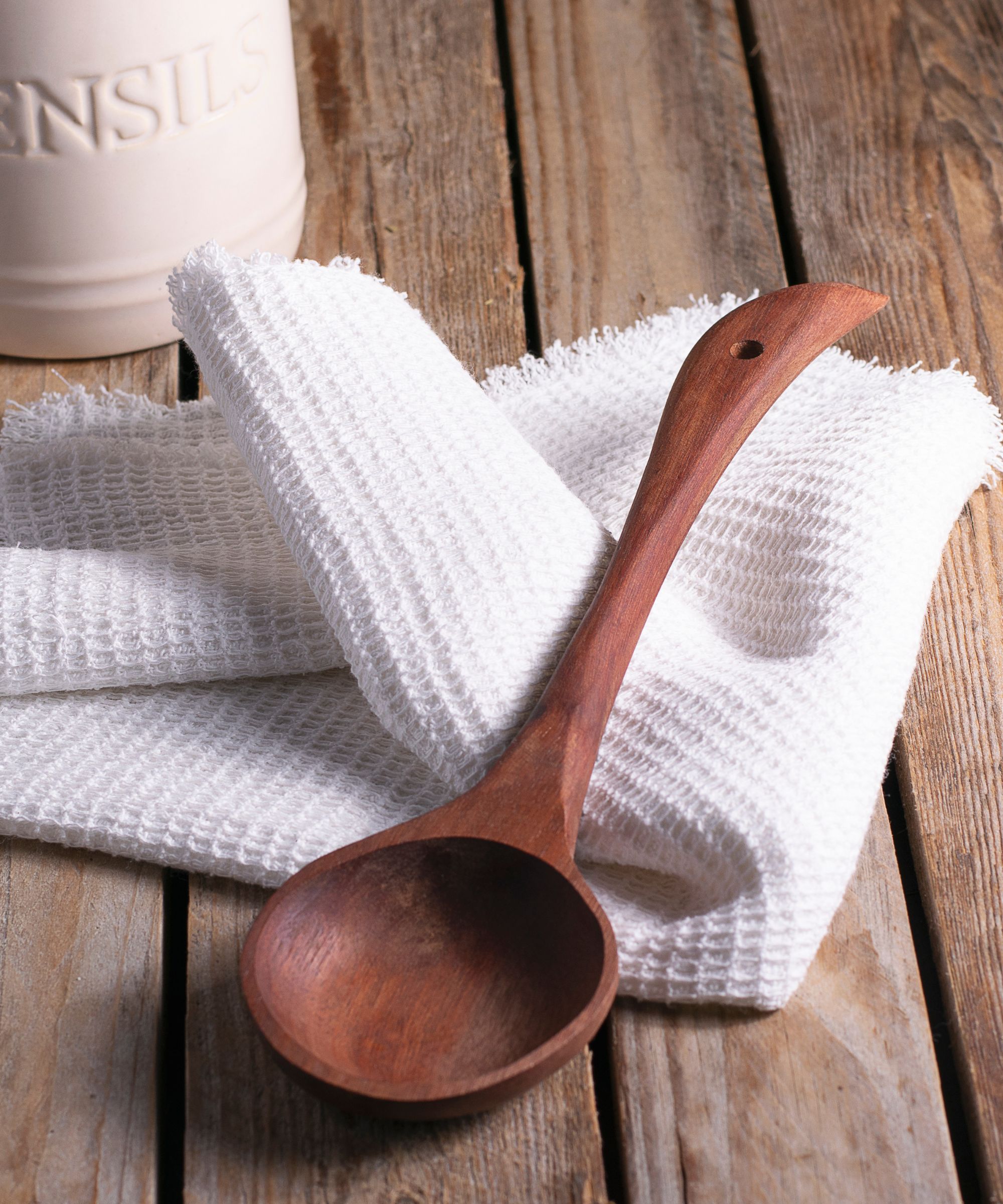
Wooden kitchen utensils are some of the best you can use in your kitchen – just ask a professional chef. However, knowing how to care for wooden cutting boards and how to clean wooden spoons is a must if you want to avoid them drying out – or worse, going moldy.
‘The biggest mistake we see some people making with wood boards is forgetting to oil them after use,’ begins Josh Jou, operations manager at North Castle Hardwoods. ‘Wood cutting boards should be regularly reconditioned with an oil and beeswax treatment after washing and drying. They must also be stored in a dry but not-too-dry environment to avoid warping or splitting.
‘They should be washed immediately after use (for example, don't leave the juices from your Thanksgiving turkey sitting on a wood board for hours) and always by hand. Never put a wood cutting board in the dishwasher or leave it in a sink full of water,’ he urges. The same advice goes for anything with a wooden handle, be it a pan or a knife, too.
4. Putting everything in the dishwasher
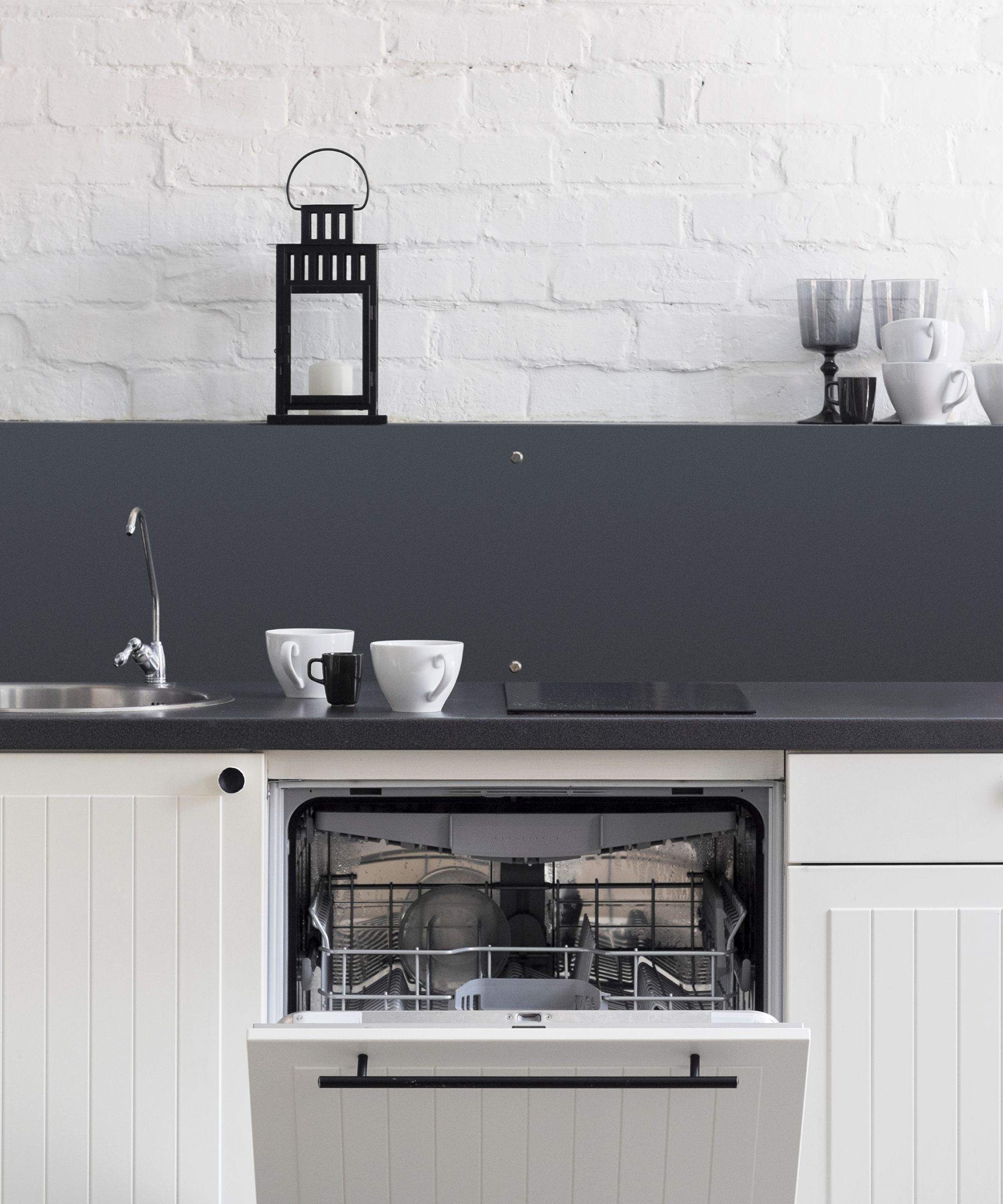
'Dishwashers may present themselves as the end to washing up by hand, but several things shouldn’t go in a dishwasher if you want to keep them looking and functioning their best,' warns Catherine Green, smol’s sustainable cleaning guru:
‘While a full dishwasher run with the most water-efficient setting uses almost ten times less water to wash the same amount of dishes as washing them up by hand, there are some items, like non-stick pots and pans, wood, and sharp knives, that should always be washed by hand rather than in the dishwasher to prevent cracking, warping, and blunting'
Always check the manufacturer's instructions for details on how to wash delicate items to be safe.
5. Soaking cast iron
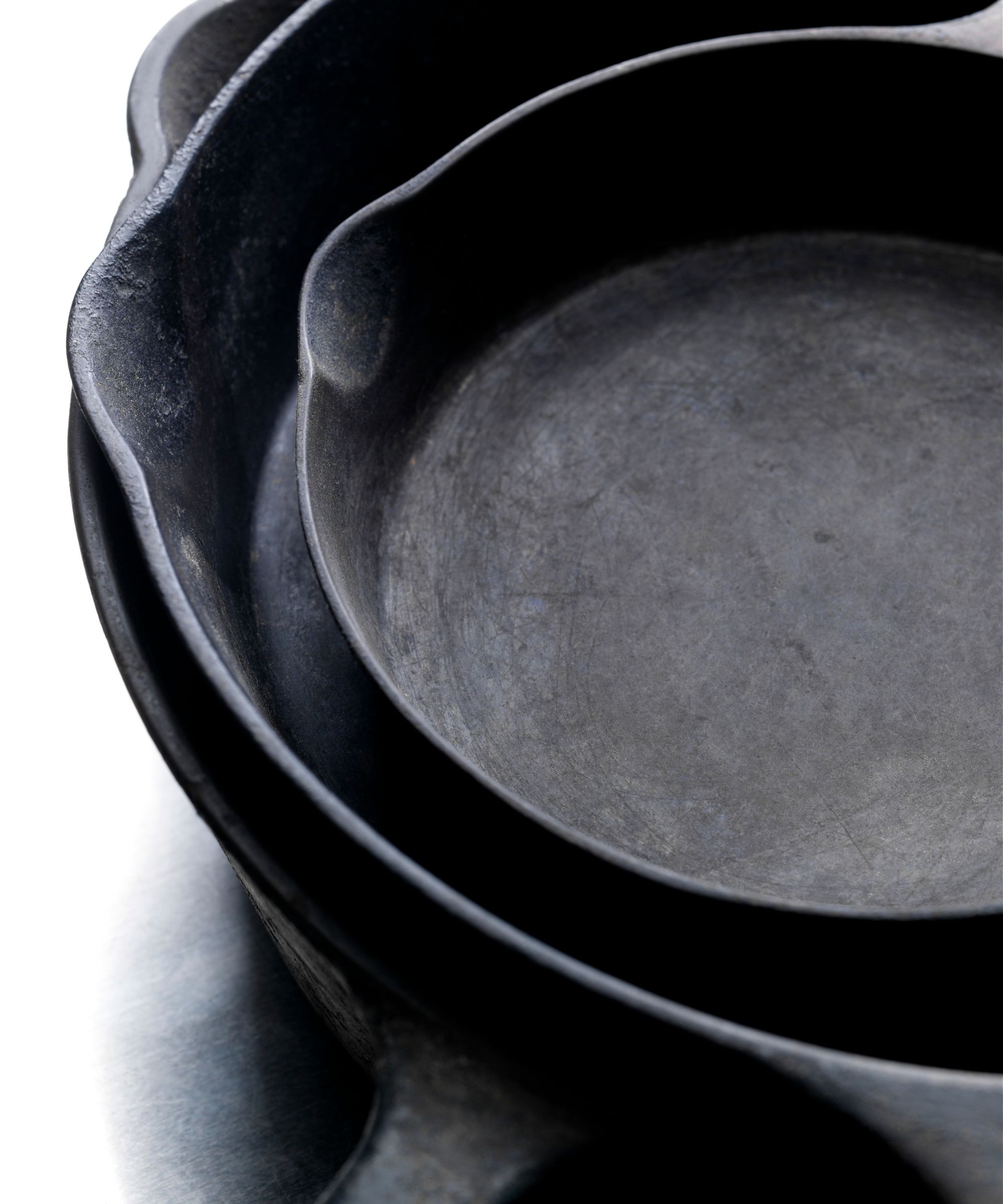
'Cleaning cast iron is a delicate art, and is not for the faint-hearted. Between trying to clean it without scratching and seasoning it to avoid sticking, there are a lot of steps to perfect. As such, these should never be left to soak, or worse, be put in the dishwasher,' says Alicia Sokolowski, cleaning expert.
‘Don’t leave cast iron pans to soak in water, which can lead to rusting and damage to the seasoning. Instead, clean cast iron with a non-abrasive sponge and some natural dish soap.
‘Always, always, we repeat always, check and follow the care guidelines provided with your kitchenware,’ Alicia urges. ‘Different materials and coatings require specific care to ensure longevity.’
6. Using too much dish soap
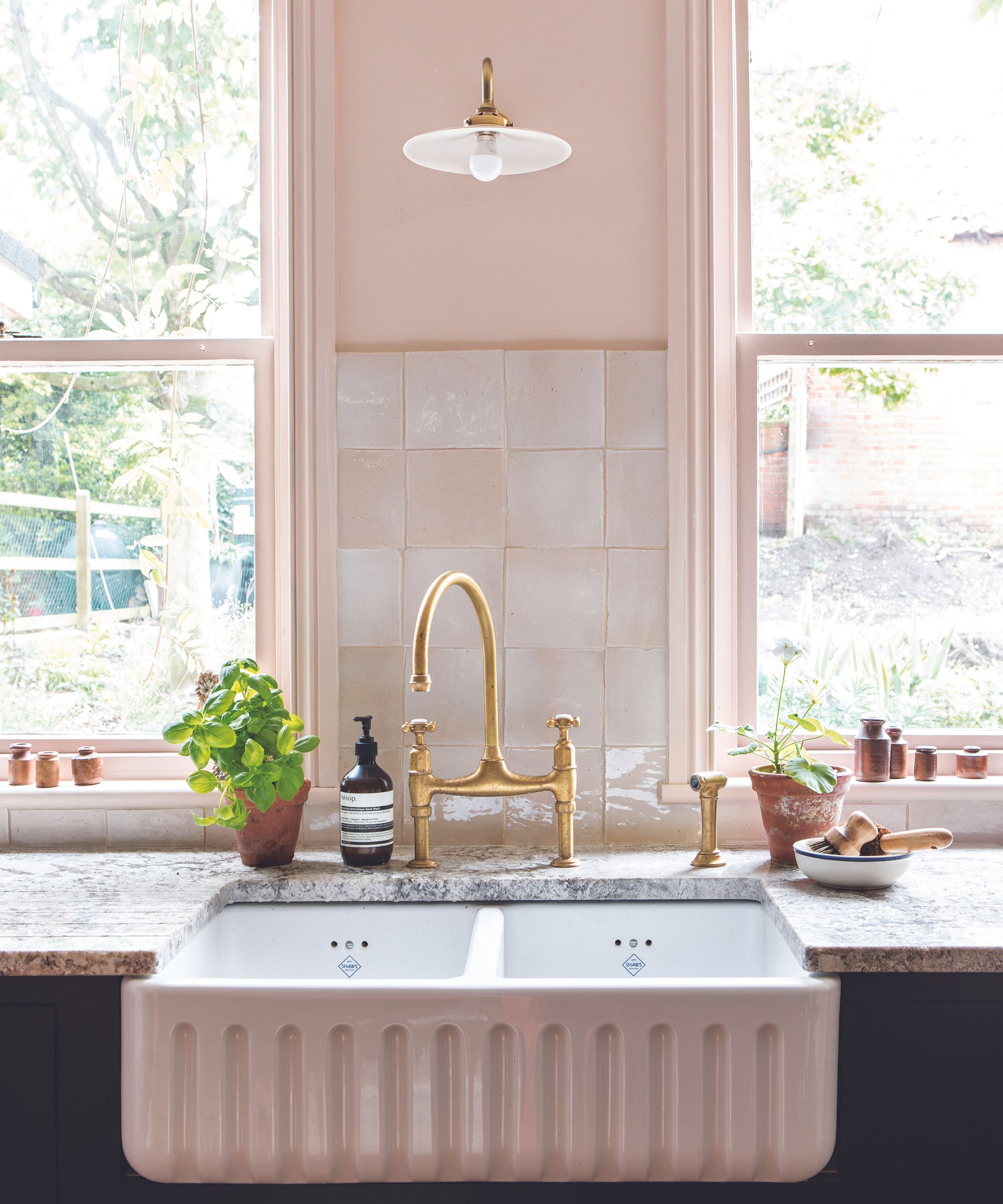
Dish soap is fantastic at cleaning kitchen grease, but it is possible to have too much of a good thing, advises Catherine Green, sustainable cleaning guru:
‘One of the most common mistakes when it comes to kitchenware cleaning is using too much washing up liquid. A high-performance washing-up liquid shouldn’t need more than about a teaspoon to fill a sink, but thanks to the squeezy bottles used by most washing-up liquid brands, it can be hard to regulate how much detergent you use.
'Switching to a pump-action washing up liquid, such as smol’s, will enable you to control how much product you’re adding to the sink. Usually, you only need two to three pumps to fill the average sink. This means the product can last you longer, and you can replace it less often, saving you money along the way.'
Hand and Dish Soap Dispensers | View at Amazon
Make your kitchen more practical and pretty with these matching pump-action hand and dish soap dispensers
7. Not soaking to make cleaning easier
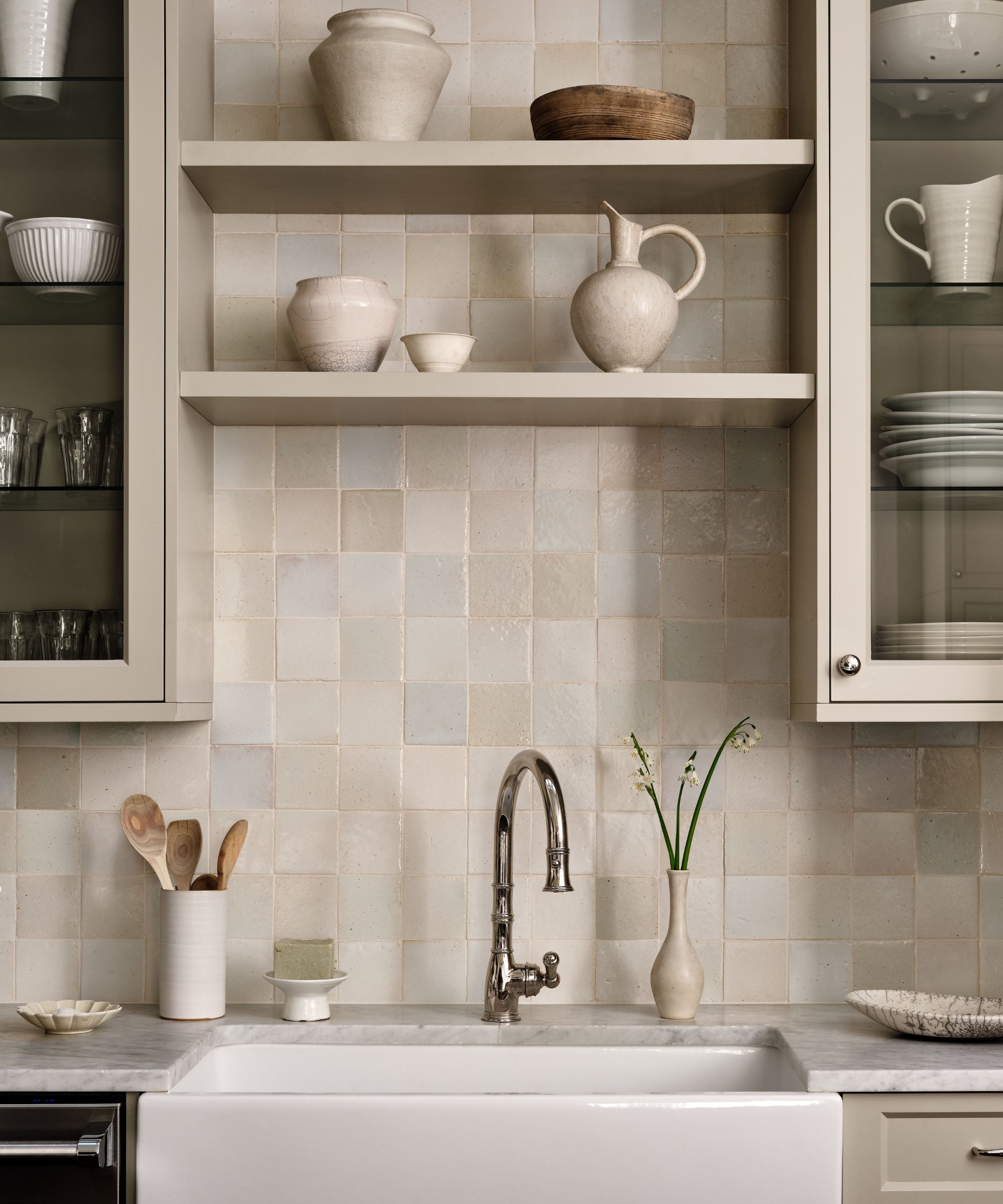
'While we have listed several things that you shouldn’t soak in this list, many other items can be soaked to make your life a little simpler when washing up by hand,' Catherine Green, sustainable cleaning guru continues. Not doing so will only lead to a sore arm and frustration, she says.
‘Soaking your kitchenware items is a great hack to help you save water and energy as hot soapy water helps to loosen debris in a much more efficient way than running items under the tap. It will save you time too.
‘Before soaking, scrape off excess food scraps and grease into the bin, and then quickly place the items in hot soapy water so the food doesn’t harden. Leave for five minutes before washing up by hand.
‘Remember, there are some items, like wooden spoons and chopping boards, that will warp in water so should not be left to soak.’
FAQs
How do you deep clean your kitchenware?
When cleaning kitchenware, you can perform a deep clean by using baking soda and vinegar to help eat away stubborn grease and burnt food without using abrasive scrubbers. Once the kitchenware has cooled, apply the baking soda in a fine layer before spraying vinegar on top and allowing it to sit for a few minutes. Then, clean as normal using warm water and dish soap.
How do I get the brown scorching off the bottom of my pots and pans?
When trying to remove the brown burn marks from the base of the pans, the first step would be to use vinegar and baking soda to help break down dirt and brighten dark spots. If scrubbing with this doesn't work, a gentle abrasive paste such as The Pink Stuff from Amazon can help remove tough deposits and revive the base of your pan. Just be sure to never use these abrasives inside the pan where they can damage the protective patina.
Besides avoiding these common kitchenware cleaning mistakes, knowing how to organize pots and pans so they are not damaged by one another and keeping your wooden utensils in dry spots will help to preserve the life of your utensils and save you money on replacements.
Sign up to the Homes & Gardens newsletter
Design expertise in your inbox – from inspiring decorating ideas and beautiful celebrity homes to practical gardening advice and shopping round-ups.

Chiana has been at Homes & Gardens for two years and is our resident 'queen' of non-toxic living. She spends most of her time producing content for the Solved section of the website, helping readers get the most out of their homes through clever decluttering, cleaning, and tidying tips. She was named one of Fixr's top home improvement journalists in 2024.
-
 'Wick away the ick' – 6 things people with clean laundry rooms always do to make this hardworking space shine
'Wick away the ick' – 6 things people with clean laundry rooms always do to make this hardworking space shineThese tips on how to clean your laundry room will banish grime
By Seraphina Di Mizzurati Published
-
 Jennifer Aniston’s bedroom is a ‘goldmine of simple sumptuousness’ – it’s 2025’s version of quiet luxury and so easy to recreate
Jennifer Aniston’s bedroom is a ‘goldmine of simple sumptuousness’ – it’s 2025’s version of quiet luxury and so easy to recreateThe actress's unique space features James Mont-designed lamps and a raised bed inside a walnut plinth – but you can recreate its understated sophistication
By Megan Slack Published
